#my pic's
Explore tagged Tumblr posts
Text
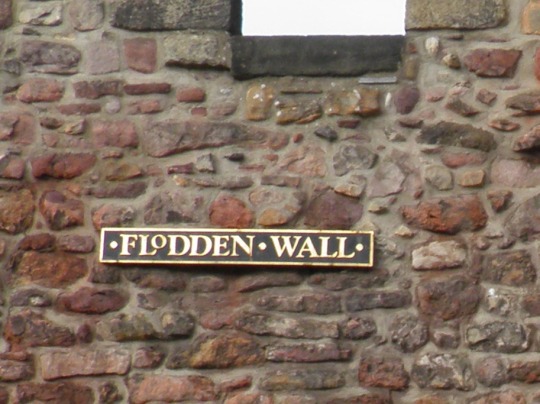
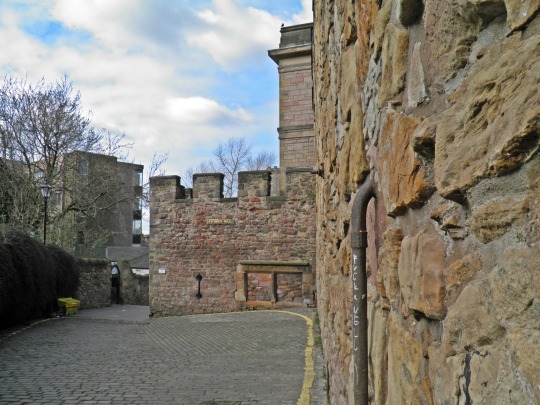
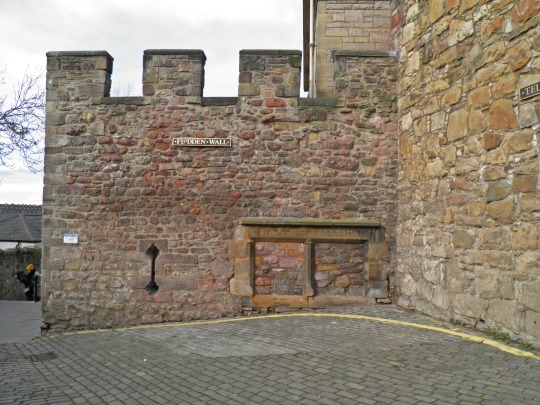
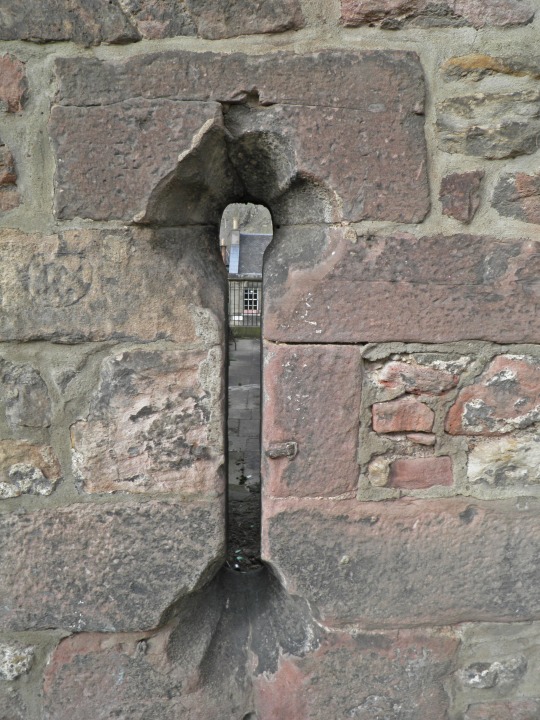
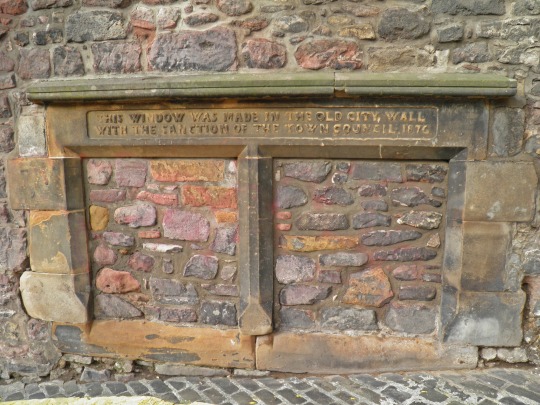
The Flodden Wall
This perhaps the most photographed part of the wall due to it's proximity to The Vennel, but the wall survives in other parts of the city, most notably in Greyfriars Kirkyard, there is also a large chunk of it remaining at Drummond Street next to The University of Edinburgh, Institute of Geography Building, it leads round the corner onto Pleasance to the buildings on the East of Cowgate. It originally enclosed the Blackfriar's Monastery.
Now Edinburgh was a walled city before The Battle of Flodden, where the wall gets its name. The first known city wall was erected circa 1450 and was called The King's Wall, it enclosed a small portion of the current city centre, running east from the Castle rock above the Grassmarket towards roughly where Blackfriars Street is today. The walls were primarily to the south and east, the Nor’ Loch – an artificial body of water to the north protected the city in that direction, it was drained to allow construction of North Bridge and later Princes Street Gardens. Remnants of the King’s Wall are thought to stand today in Tweeddale Court between the High Street and the Cowgate. There's an interesting wee building in Tweeddale Court that used to house sedan chairs, used by those that could afford them, to ferry folk around the tight closes of The Old Town.
Back to the Flodden Wall, it followed most of the area The Kings Wall did with additions, work started extending it in 1513 after the Battle of Flodden, it took some 47 years to complete and featured towers at strategic points along it.
This wee bit in my photies has gun loop, and a bricked up window, the latter and addition in 1876. As Edinburgh expanded, the King’s Wall became increasingly ineffective as many homes now lay outside of it. Areas such as the Cowgate, which at that time was a fashionable suburb of the town, were dangerously exposed and a new wall was required to replace the ageing and inadequate original structure.
Many historians dispute that The Flodden Wall was a defensive structure, claiming that the wall was never up to the task of defending the town against an invading army and was most likely constructed in order to better control trade and act as a deterrent to smugglers.
In the late 1700s, work commenced on removal of vast sections of Edinburgh’s ancient town walls which were now considered redundant. Very little survives now as a result - though most of the wall’s boundary can be easily traced. Archaeologists discovered remains of the Flodden Wall during a revamp of the Grassmarket in 2008. At the King’s Stables Road end of the Grassmarket, the line of the wall is now marked out in the paving stones.
The Netherbow Port, the main gate into Edinburgh was demolished in 1764 in order to improve traffic flow. If there is one structure I would like to see it is this one, if you get the chance go into Huntly House, The Museum of Edinburgh and check out the model of Edinburgh back then, alternatively Google Netherbow Port to check out depictions of it.
50 notes
·
View notes
Text

being an adult means I can use my big boy money (which is supposed to go towards stupid things like rent or food but who the hell does that) to force people to look at Melly.
look at her. she’s simply so Shaped
#this pic is what led me to start calling her an avocado#apparently she weighs around 7 avocados according to my friend#(who is a math major)#Melly Bo Belly#catblr#cats of tumblr#tuxedo cat
25K notes
·
View notes
Text
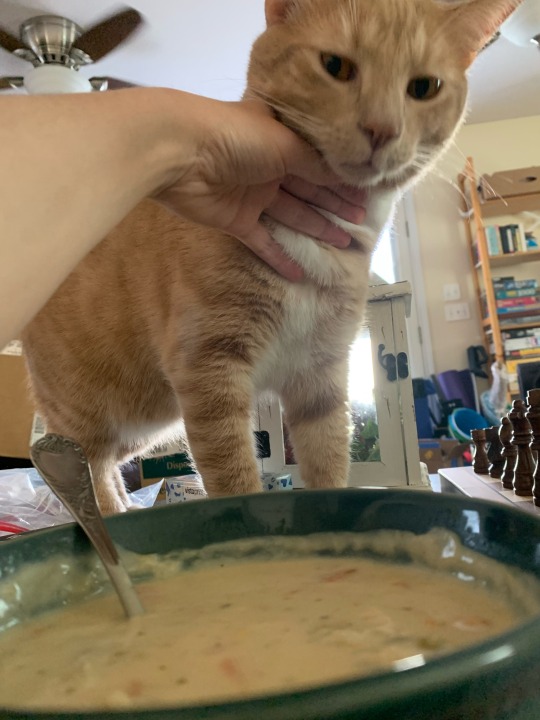
Bothersome creature
71K notes
·
View notes
Text

I love when i look in a window and find a cat there
#art#fantasy illustration#inks#artists on tumblr#cat#really old piece#LOL#I just have a few old wips that i wanna finish before heading out for my long trip#feels good….#theres actually a few more pics on this theme i’ll finish soon too#and add on to this post#cats#cat art#garden#window
20K notes
·
View notes
Text

desi miku !! 💃
#hatsune miku#vocaloid#my art#for the miku trend happening on twt rn hehe#this is specifically kathak dancer miku bc i saw my old pics and it gave me an Idea#i sucked ass at kathak but miku would slay i think
23K notes
·
View notes
Text
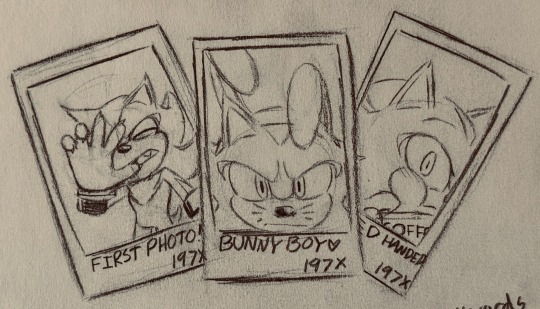
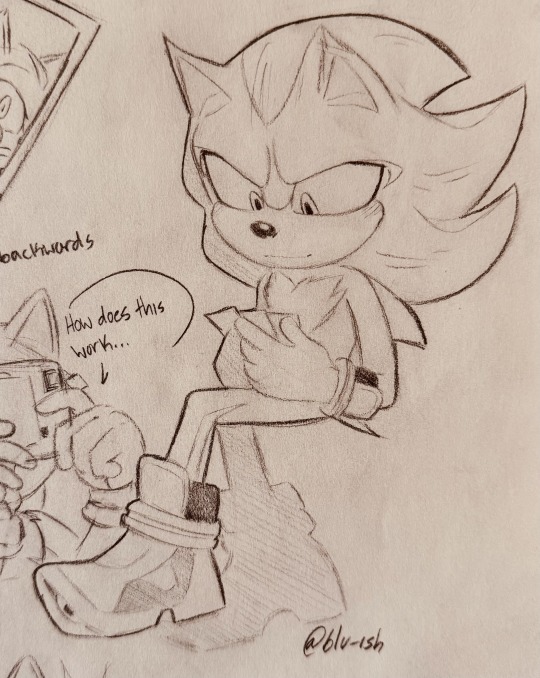
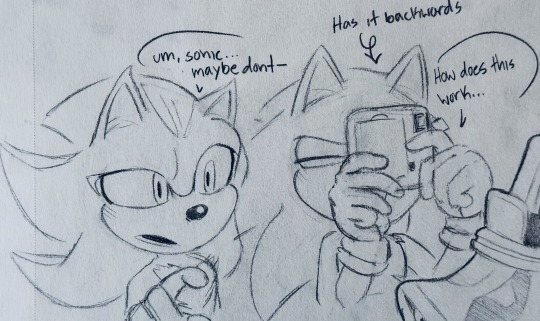
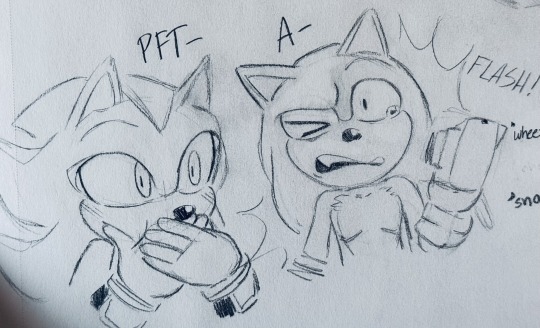
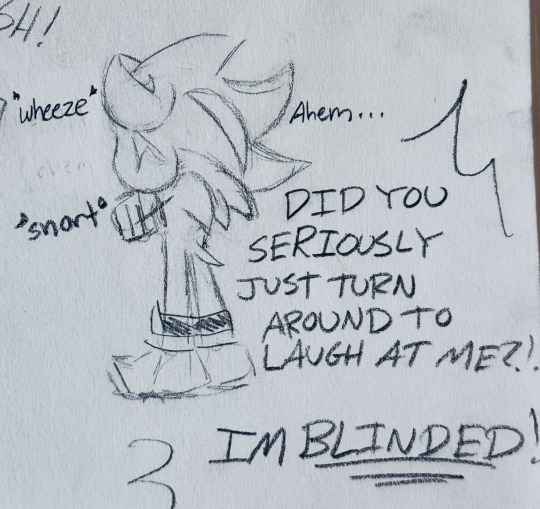
Got a Polaroid camera for my birthday and instantly thought of these losers.
#sonic#sonic the hedgehog#shadow the hedgehog#sonadow#sonic movie 3#No spoilers for the movie just my sillay thoughts#MARIA WOULD HAVE TOTES HAD ONE#I like to hang up my pics on my the little decorative rope I have in my room with some lights#Definitely smth I think movie sonic would love to do after he figures this ancient tech out with shads help HSHSJSHHS#My art
14K notes
·
View notes
Text

Grief
ref photo by @jawsstone
#artists on tumblr#my friend let me use a really gorgeous photo they took#it made my brain go brrr#and i had to draw this#i usually take my own reference pics so it was cool to work from someone else's#enjoyed drawing this a lot#despite the subject matter#i saw a pretty scene of a narrow alley#with white stairs stained black from people walking on them#and somehow it took my brain here#grief visits every house
28K notes
·
View notes
Text


i thrifted this sketchbook that has grey paper, it's wonderful for colored pencil!
#i added more purple to the second pic but i overblended#art#my art#artists on tumblr#traditional art#armor#knights#cw eyestrain#eyestrain
9K notes
·
View notes
Text


(Which arm, Viktor, huh ? Which one ??)
They were not a couple so, Jayce (who had a very bad day and just wanted to hug it out) proceeded to freak out, backed out of the lab and never mentioned it again but, Astral Viktor, that mf ? He'd be delighted to remind Jayce of that moment in time, of that missed call and watch him die from embarrassment and resentment over himself

(I'm glad they've never beaten the gay allegations and never will)
#Viktor you cold-handed Zaunite rascal#give Jayce a break#he's overheating#arcane#jayce talis#viktor#jayvik#fanart#art#arcane fanart#my art#league of legends#artists on tumblr#arcane netflix#Viktor's arms look like some kind of velociraptor sticky paws in the first pic.....#I like using that partially chibi style from time to time when I'm doing those kind of short comic strips#or when I don't want to bother myself with too much realism nor complicated coloring#also I hope my english is good enough bc that was a lot more text to write on these drawings that I'm usually used to#(btw that's also my personal backstory for Viktor's idea of a third arm haha)
10K notes
·
View notes
Text
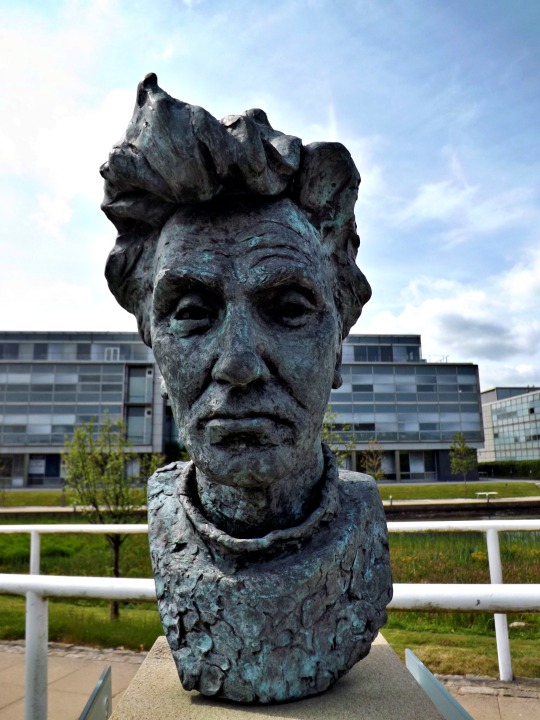

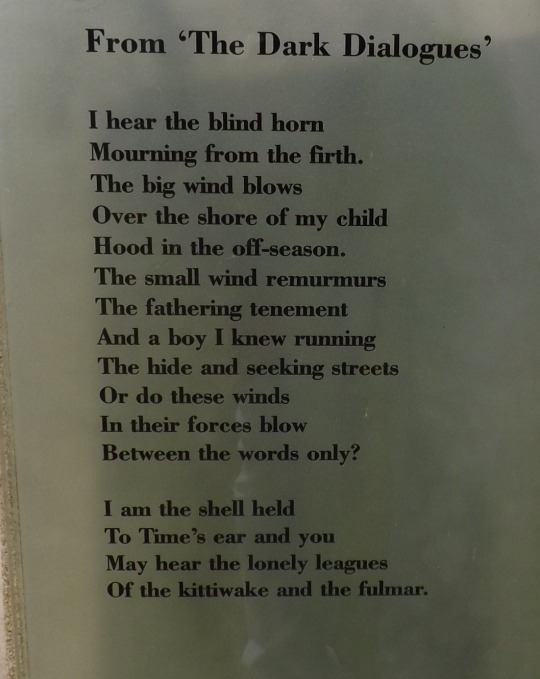
Edinburgh Park Heads
W S Graham.
Doesn't this one have great character? Or is it just me?
William Sydney Graham, known to his friends by his middle name, was born in Greenock, on 19th November 1918. He was educated at Greenock High School, leaving in 1932 to become an apprentice draughtsman before studying structural engineering at Stow College, Glasgow. In 1938 he won a years bursary to Newbattle Abbey College, which was very close to my High School in Dalkeith.. Sydney became interested in poetry, he initially looked to Joseph Macleod for mentorship around this time. He began publishing in the early 1940s, including a collection brought out by the great Glasgow printer and publisher William Mclellan, who did so much to encourage and promote contemporary Scottish literature.
According to Poetry Archive Graham was neglected in his own lifetime but his reputation as a major modernist romantic has been growing steadily since his death. The verse on his plinth is an extract from a longer poem, and as per usual I prefer another of his poems. And it is probably due to me having vivid dreams from time to time and trying to make sense of them. My dad has featured in some, and I had a difficult relationship with him, I think my two brothers will no doubt feel the same. However my dad tried to reconcile a bit during his later years, he was a great grandad to my sisters laddie, Stephen. He got on well with an ex girlfriend that I used to come up with when I lived in Somerset, she loved dancing with him at the club. Anyway the last line of the poem is what resonates most with me, or perhaps it is because he also spent some years in the South West of England, in his case it was near St Ives in Cornwell, anyway the poem is called To Alexander Graham, which I assume was his father's name.
Lying asleep walking Last night I met my father Who seemed pleased to see me. He wanted to speak. I saw His mouth saying something But the dream had no sound.
We were surrounded by Laid-up paddle steamers In The Old Quay in Greenock. I smelt the tar and the ropes.
It seemed that I was standing Beside the big iron cannon The tugs used to tie up to When I was a boy. I turned To see Dad standing just Across the causeway under That one lamp they keep on.
He recognised me immediately. I could see that. He was The handsome, same age With his good brows as when He would take me on Sundays Saying we’ll go for a walk.
Dad, what am I doing here? What is it I am doing now? Are you proud of me? Going away, I knew You wanted to tell me something.
You stopped and almost turned back To say something. My father, I try to be the best In you you give me always.
Lying asleep turning Round in the quay-lit dark It was my father standing As real as life. I smelt The quay’s tar and the ropes.
I think he wanted to speak. But the dream had no sound. I think I must have loved him.
12 notes
·
View notes
Text


#panty pics#curvy hips#touch my body#amazing body#curvy girls#curvy body#curvy and cute#onlytease#girls with curves#curvy#ass tease#thick hips#girls with tattoos#big bootie#natural body#beautiful body#in bed selfie#in bed alone#butt selfie#hornyposting#hornyasf#natural curves#sexy curves#delicious curves#hot curves#luscious curves#cutie w a bootie#bootie peach#thick boody#big boody
10K notes
·
View notes
Text


my friends……........the crystal germs
#rewatch was so good. i missed them with my life#my art#steven universe#su#su garnet#su amethyst#su pearl#steven quartz universe#soz the scale on the first pic is so whack i sketched them seperately lol
16K notes
·
View notes
Text


these are the miserable remains of a chestnut weevil (Curculio elephas) who will never again feel the joy of a freshly drilled acorn after unspeakable atrocities were perpetrated upon her by me


this is her thirty seconds later. the atrocities that she miraculously recovered from included "being gently scooped up from a branch"
(September 1st, 2024)
#my pics#bugs#entomology#insects#beetles#weevils#chestnut weevil#coleoptera#curculionidae#curculio#bugblr
9K notes
·
View notes
Text
ngl I took many MANY pictures of the solar storm, but this one makes me laugh the hardest

28K notes
·
View notes
Text

#sexy pose#huge titts#sexy chick#big tiddy baby#big tiddy committee#big tiddy gf#big tiddy wife#suck my tiddies#suckable nips#tease pic#so fucking hot#so hot 🔥🔥🔥#hot noods#curvy and cute#lovely breasts#perfect breast#wetgirl#wet and needy#wet and hot#only f4ns#onlyfanz#onlyf4nz
9K notes
·
View notes